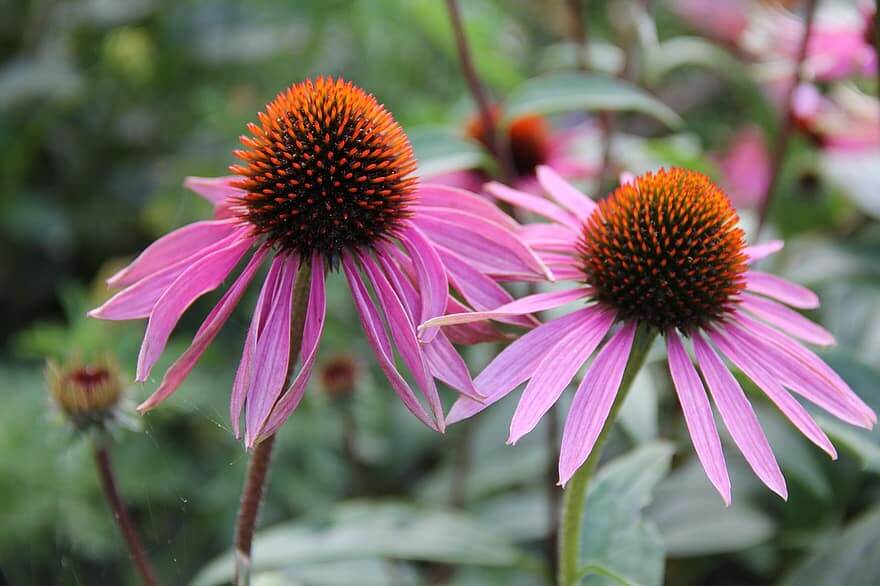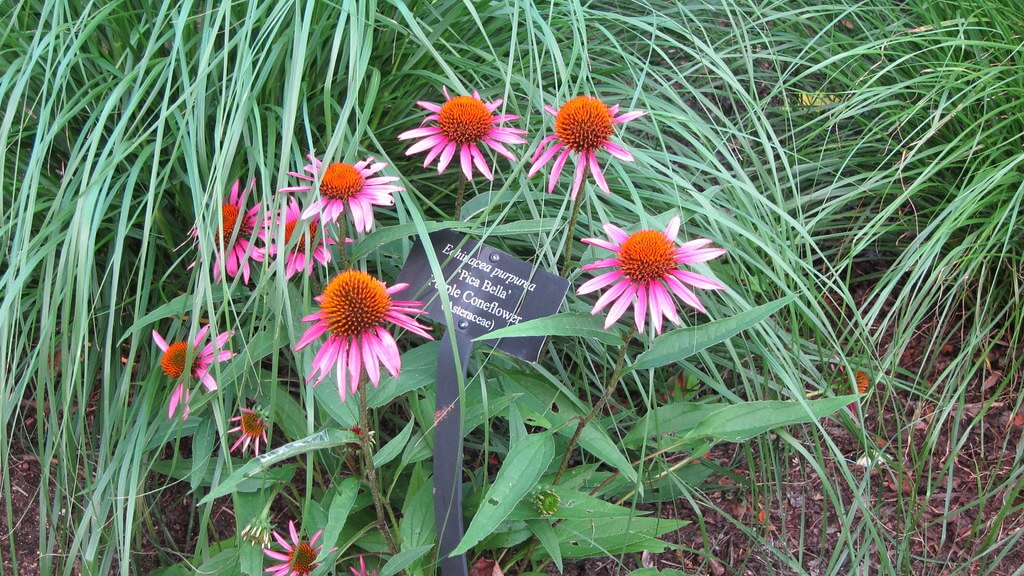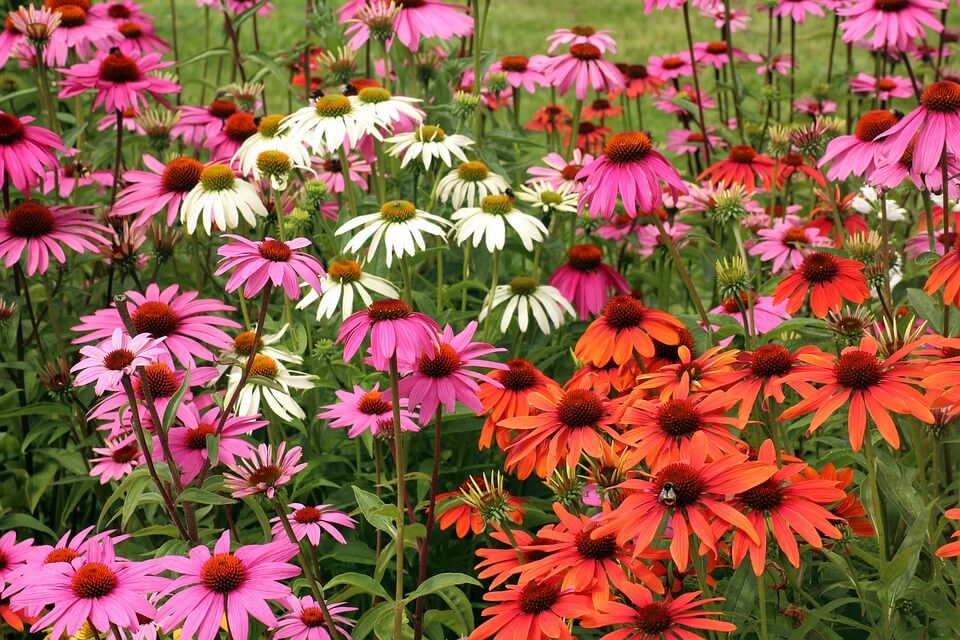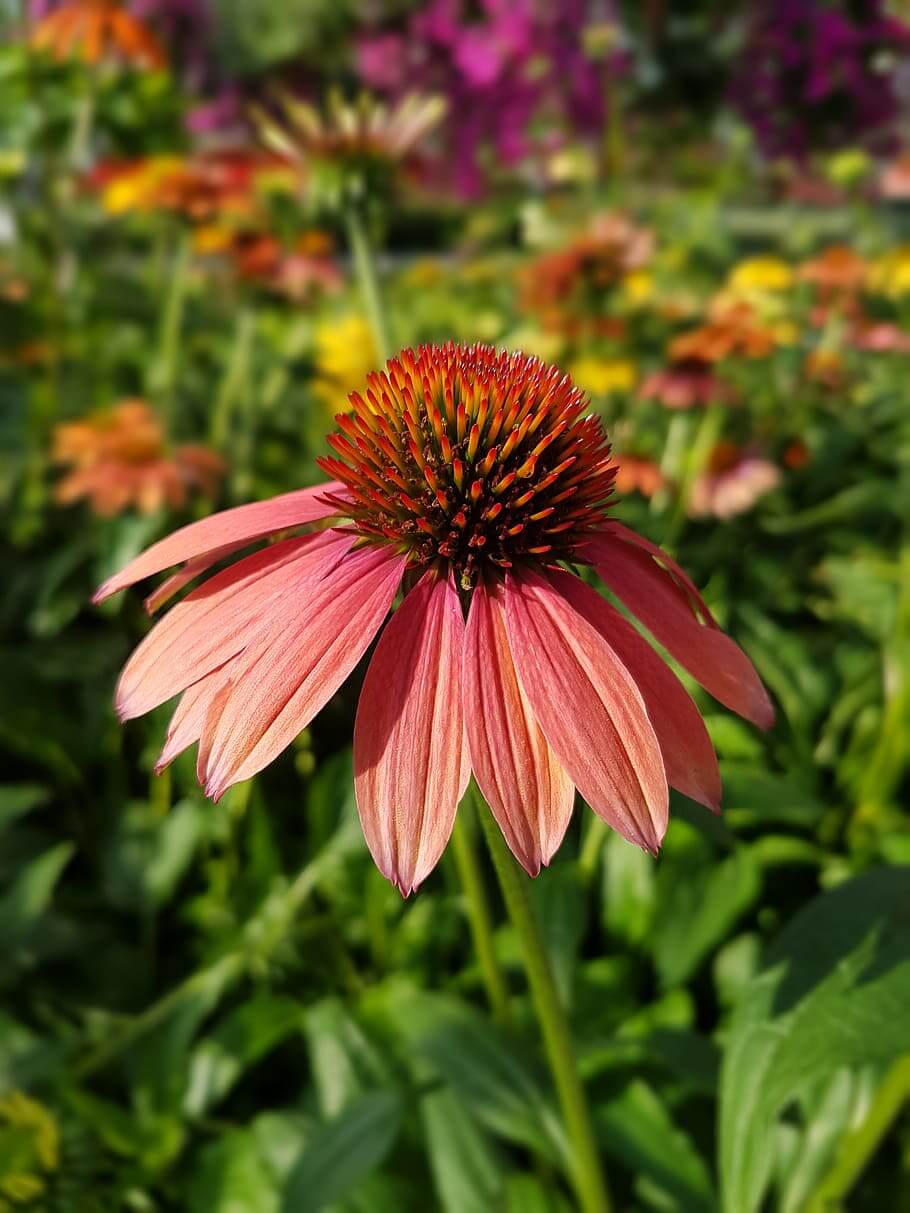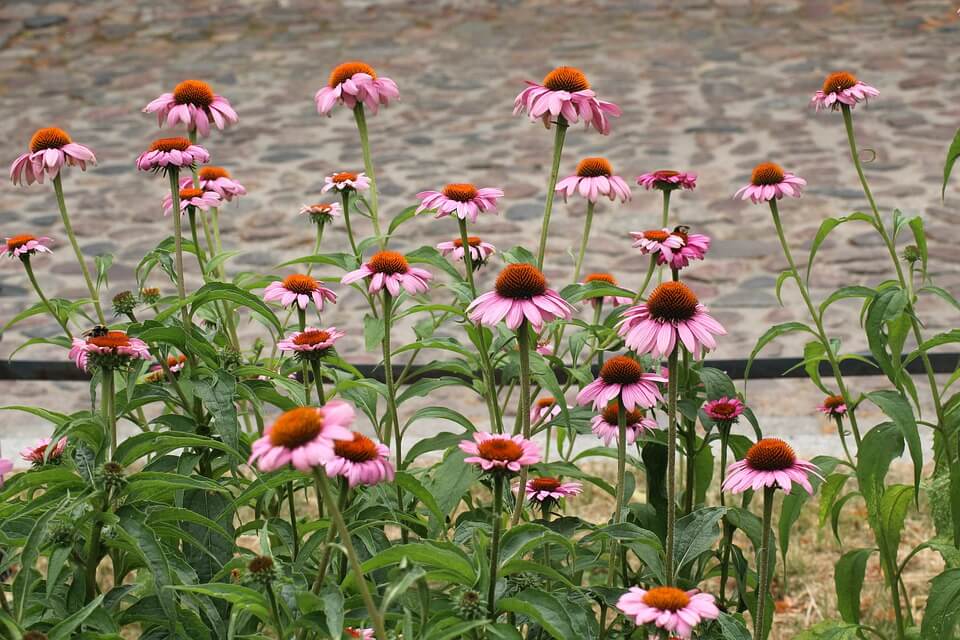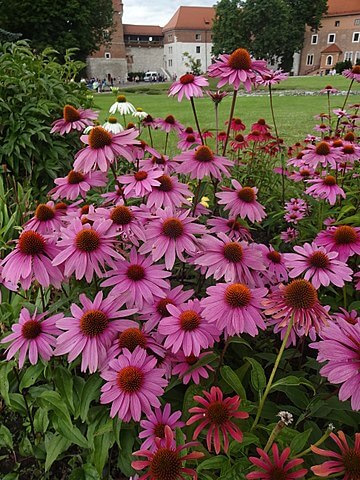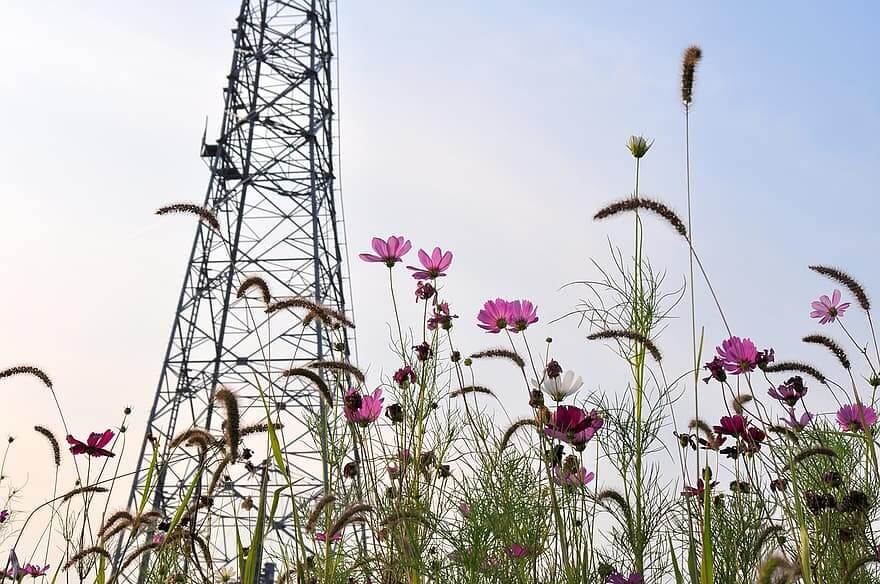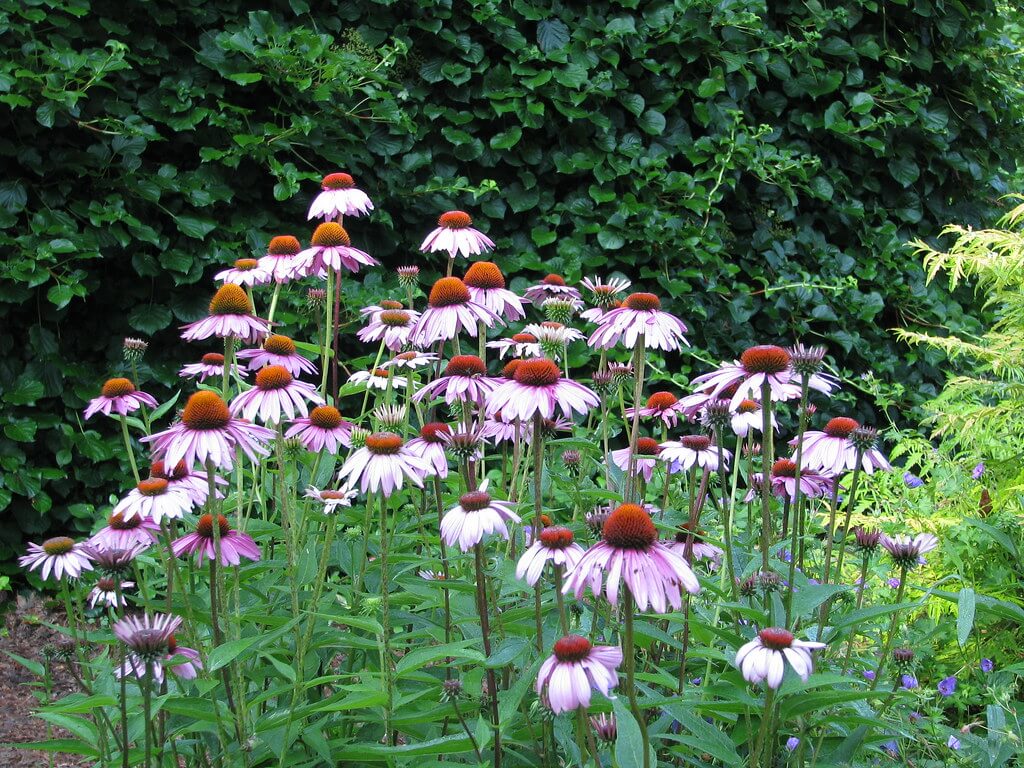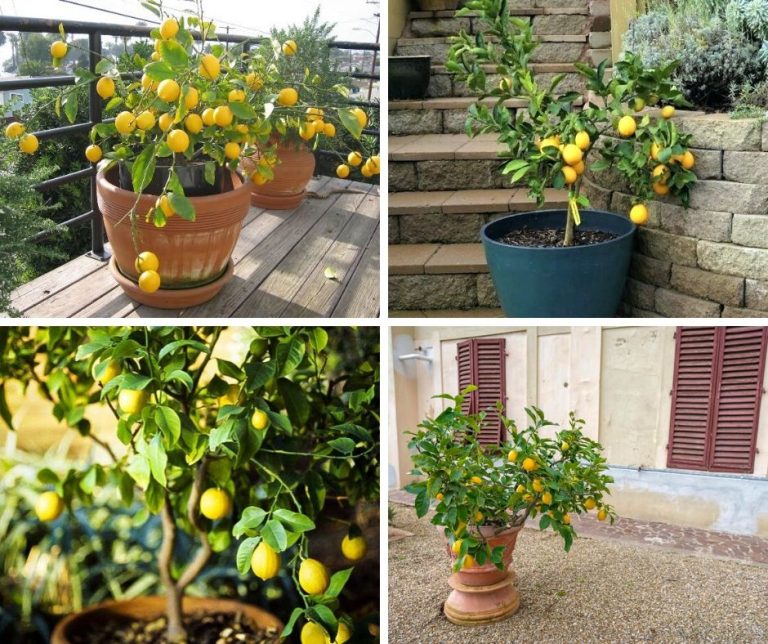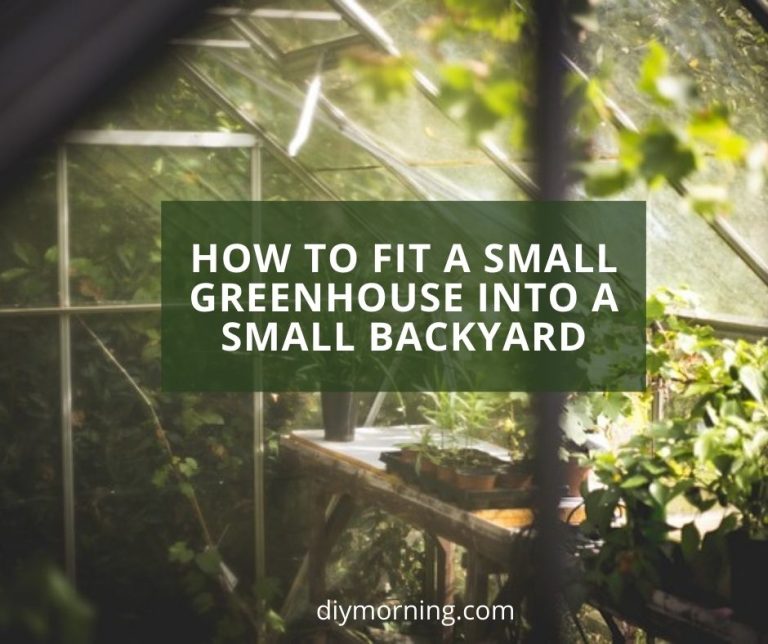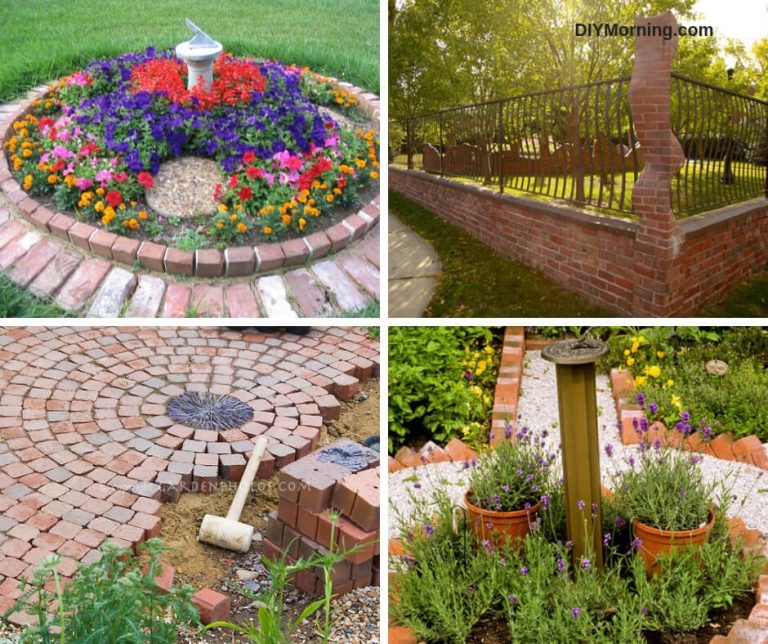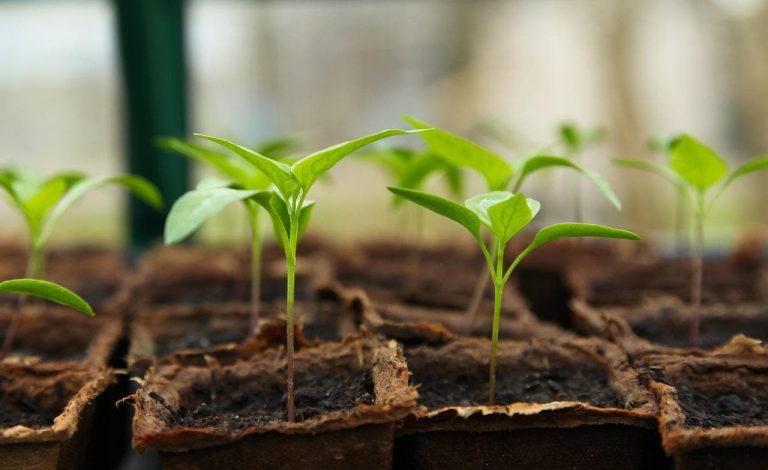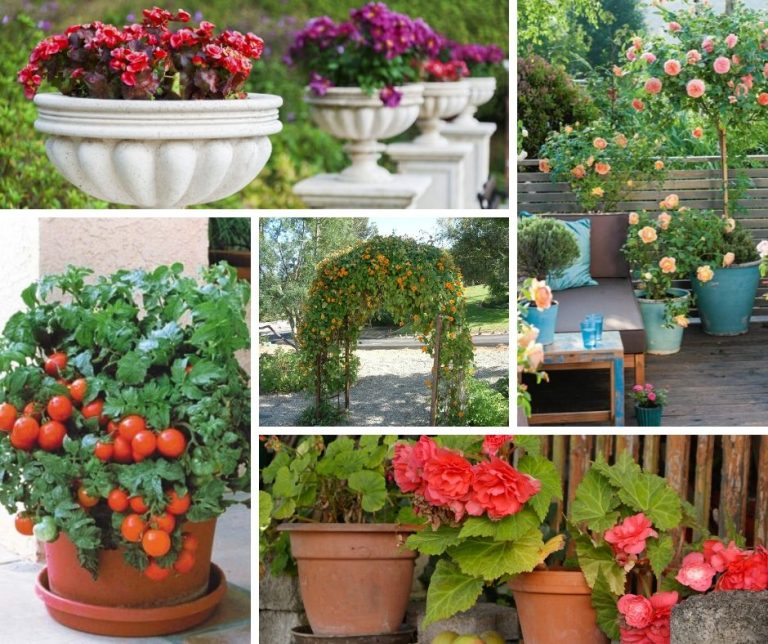Echinacea Selections in Landscapes: New Cultivars Can Enhance Prairie and Meadow Gardens
Purple coneflower (Echinacea purpurea) selections and cultivars can enhance prairie and meadow gardens. These native N.A. plants tolerate some shade and moist soil.
Table of Contents
Overview
Purple coneflowers (Echinacea purpurea) are fundamental landscape plants, at home in perennial borders and cutting beds, but most of all in prairie and meadow gardens. Horticultural selections of E. purpurea coneflowers can brighten and enhance even the smallest prairie or meadow garden because of their slight variations in flower size and color, and plant size.
Prairie and Meadow Gardens
Over the last decade, landscape architects Wolfgang Oehme and James van Sweden returned the concept of cultivated American meadows and prairie gardens to the landscape design lexicon and vocabulary. These seemingly natural and untamed types of gardens are examples of Oehme and van Sweden’s body of work known as The New American Garden. This movement popularizes the use of ornamental grasses and native plants in American landscapes.
Intense color in meadow and prairie gardens comes from carefully selecting plants from the Daisy family (Asteraceae) such as the native purple coneflower (E. purpurea). The purple coneflower tolerates more shade, and its fibrous root system emphasizes its suitability for more moist soil, than other kinds of Echinacea.
Horticultural selections over the last decade show flower petal and cone color adaptations from white through purple, and height variations from 4-foot to 2-foot-high. Landscape gardeners can find at least one E. purpurea selection to fit into any meadow or prairie garden.
Horticultural selections and cultivars
A horticultural selection is sometimes termed a variety or cultivar (cultivated variety or cv). It is registered and then listed in catalogs with a name in single quotes after the Latin scientific name. E. purpurea cultivars come about because a sharp-eyed plant-person notices one unusual plant in a field of dozens of similar-looking coneflower plants.
Propagating the selection asexually from cuttings, instead of sexually from seed, insures that each offspring is identical to the original unusual plant. This propagation brings about the cultivar. Sometimes the terms selection and cultivar are used interchangably.
Most E. purpurea cultivar characteristics are stable when the plants are divided. However, seeds produced by the cultivar usually do not produce plants similar to the original cultivar.
Echinacea purpurea selections and cultivars
An excellent example of a cultivar of the rugged native North American perennial E. purpurea is ‘Magnus.’ Once established, this cultivar thrives in full sun and well-drained garden soil, and is drought-tolerant.
‘Magnus’ blooms in mid-summer with non-drooping purple-red carmine petals on flowers topping 2- to 4-foot sturdy stems. This coneflower, like others, is subject to bacterial leaf spot and Japanese beetles.
Mail-order catalogs usually list more selections and cultivars of E. purpurea. Here are a half-dozen that show significant petal and cone color, flower, and height variations:
- ‘Green Envy’ – emerging flower petals light green around dark green central cones, mature petals flush purple near bases around purple cones;
- ‘White Swan’ – large flowers with honey-scented white petals;
- ‘Fragrant Angel’ – large flowers with fragrant white petals;
- ‘Merlot’ – flowers with rose-pink petals;
- ‘Fatal Attraction’ – almost black stems about 2 feet high support flowers with two rows of vivid, purple-pink petals;
- ‘Kim’s Knee High’ – stems about 2 feet high, flower petals pink with iridescent red-gold centers.
